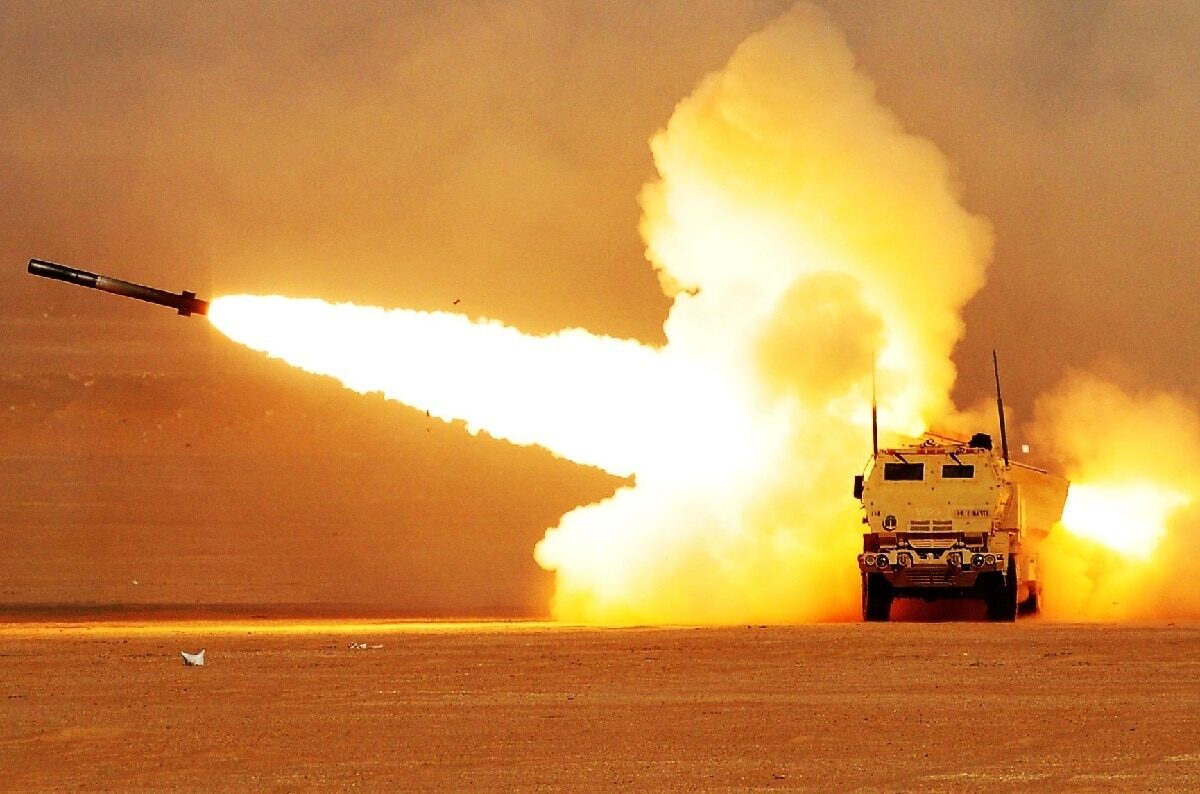Ukraine Receives HIMARS Systems: What Effect Will the Delivery Have on Russia? On Thursday, June 23, Ukrainian officials revealed that they had officially received examples of the U.S.-made High Mobility Artillery Rocket System (HIMARS). The arrival of the artillery comes at a moment in Russia’s invasion of Ukraine where artillery is playing a key role in the battle for Ukraine’s eastern Donbas region.
Delivery of the HIMARS System
The delivery of Ukraine’s new HIMARS systems was revealed by Ukrainian Defense Minister Oleksii Reznikov on Thursday by a tweet on his official Twitter account.
After thanking U.S. Secretary of Defense Lloyd Austin for the weapon systems, the Ukrainian Defense Minister declared that “Summer will be hot for russian occupiers” and that it would the final summer for many Russian soldiers currently in Ukraine.
Given that the examples of the HIMARS being provided to the Ukrainian Armed Forces have a range of around 50 miles, U.S. officials demanded assurances from the Ukrainian government that the weapons would not be used to hit targets within Russia as a criteria of their delivery, which Washington received. U.S. President Joseph Biden’s administration has so far pursued a strategy which emphasizes providing Ukraine with weapons to help level the playing field in fighting off Russia’s invasion but has balked at providing weapons which could escalate the war beyond Ukraine’s borders.
The decision to supply HIMARS multiple-launch rocket systems (MLRS) to Ukraine was officially announced on May 31, which was part of a wider, $700 million security aid package to the Ukrainian armed forces. On June 23, the Biden administration announced that the United States would supply Ukraine with four more HIMARS systems as part of a new $450 million security aid package.
What is the HIMARS?
The M142 HIMARS MLRS system is one of the most advanced artillery systems in the United States Armed Forces.
Each HIMARS system is made up of one launch pod mounted on a 5-ton XM1140A1 truck chassis. This launch pod can fire six guided missiles or Army Tactical Missile System (ATACMS) missiles. However, Ukraine will not be provided with ATACMS missiles for its HIMARS arsenal, and instead will be forced to rely on standard guided missiles.
In giving the system to Ukraine, the Pentagon hopes to provide the Ukrainian Armed Forces with the means to engage Russian forces at greater distances than their current arsenal of howitzers allows Ukrainian forces to do. The M142 HIMARS itself is a modernized, wheeled version of the earlier American M270 MLRS.
How will HIMARS be Used?
Although Ukraine reportedly wanted its HIMARS to be delivered immediately after they were allocated by the United States to take part in Ukraine’s defense, the United States insisted that Ukrainian crews undergo a three week training program to ensure that they would effectively use the system in combat.
While the M142 HIMARS is being supplied to Ukraine by the West alongside systems such as the M777 and M270, its unique capabilities mean that it is best utilized differently than those artillery systems.
Russian officials have labelled the United States’ decision to provide the HIMARS to Ukraine to be a “provocation” from the West, indicating that Moscow may be worried that the system could allow Ukrainian users to strike Russian targets more accurately and from greater distances, as it is designed to do.
Impact of HIMARS?
While it is too early to say how useful the M142 HIMARS will be in combat with Russia’s invasion force, the system likely will not shift the balance of power one way or another on its own.
However, it will undoubtedly allow the Ukrainian Armed Forces to target Russian formations in a more accurate way than ever before while lessening Ukraine’s reliance on post-Soviet equipment.
Ukrainian employment of the system is also not guaranteed to be a certain way by any means, time will tell whether Kyiv’s forces can apply it effectively or whether M142 HIMARS will end up being underutilized and grouped in with other Ukrainian artillery systems.
Wesley Culp is a Research Fellow at the Center for the Study of the Presidency and Congress. He regularly writes on Russian and Eurasian leadership and national security topics and has been published in The Hill as well as in the Diplomatic Courier. He can be found on Twitter @WesleyJCulp.

